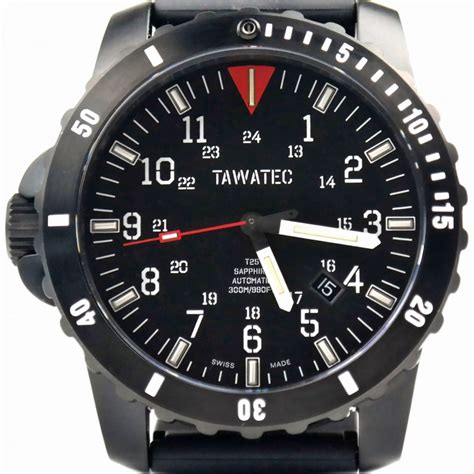rolex explorer 2 swiss t 25 original merkmale | t swiss t25 rolex explorer 2 swiss t 25 original merkmale Rolex Sports or Professional watches (except the Daytona) generally have
0 · t25 swiss made
1 · t25 rolex watch
2 · t swiss t25
3 · swiss t25 sequence
4 · rolex t25 history
5 · rolex t swiss t
6 · rolex swiss t25
The cost of cataract surgery can vary depending on a number of factors, including: Type of intraocular lens (IOL) you want to select The technology involved in the procedure For more details please visit our institute or call us on 040-30612140 or email us at [email protected]
Assuming the dial is original, that is the best place to start to assess the Explorer II. The earliest versions of the reference 16570 still had tritium lume markers. This easy to identify by the bottom of the dial, “SWISS – T<25”, at the six-o’clock position. The tritium lume is surrounded by white gold hour markers and . See more
In 1998 Rolex ceased the use of Tritium lume in favor of Luminova. These watches are a rare middle-sibling within the 16570 reference. If the . See more Rolex Sports or Professional watches (except the Daytona) generally have
,350.00,350.00

t25 swiss made
,995.00K+,350.00
,264.98,174.98K+,995.00
Introduced in 1971, this robust watch was crafted to cater to the requirements of cave explorers .
This easy to identify by the bottom of the dial, “SWISS – T<25”, at the six-o’clock position. The tritium lume is surrounded by white gold hour markers and hands. This is also found on the white dial version because those white gold . Rolex Sports or Professional watches (except the Daytona) generally have Rolex & Tudor Watch Topics > Vintage Rolex Discussion: Swiss vs Swiss - T <25 T Swiss T: luminous material Tritium, used from 1960 until 1998 radioactive, radioactivity less than 277 MBq (7,5 mCi). Swiss Made: luminous material Superluminova, used from 2000, not radioactive.
The Rolex Explorer is in many ways the quintessential dressy tool watch from Rolex’s Oyster Perpetual collection — less flashy than the GMT-Master, less bulky than the Submariner, while still rooted, like those two models, in a history of adventure and discovery.Introduced in 1971, this robust watch was crafted to cater to the requirements of cave explorers and expeditions to polar regions. With its distinctive 24-hour hand and fixed bezel, the Rolex Explorer II quickly became an essential tool for adventurers navigating extreme environments.
Rolex’s dedicated adventure watch, the Explorer, traces its origins back to mountain climbing in 1953. In 1971, however, another watch joined the collection with the name Explorer II and a quite different set of features, looks, size and purpose. If you see a first-generation 16570 nowadays with “SWISS – T<25” at 6 o’clock on the dial, you’re most probably looking at indexes and hands showing a rich, creamy, custard-like color. A non-tritium “Swiss Made” dial You may find examples that have turned beige, yellow, or brownish. These are highly desirable in the eyes of collectors. The aged tritium adds warmth and character to an otherwise rather clinical aesthetic. Tritium dials are marked “SWISS – T . A “T” on a watch dial indicates that the watch contains tritium-activated deposits. Rolex Explorer II Ref. 16570 Swiss-T <25: This marking means that the watch is Swiss and contains an amount of tritium that emits less than 25 mCi.
This easy to identify by the bottom of the dial, “SWISS – T<25”, at the six-o’clock position. The tritium lume is surrounded by white gold hour markers and hands. This is also found on the white dial version because those white gold .
Rolex Sports or Professional watches (except the Daytona) generally have Rolex & Tudor Watch Topics > Vintage Rolex Discussion: Swiss vs Swiss - T <25
T Swiss T: luminous material Tritium, used from 1960 until 1998 radioactive, radioactivity less than 277 MBq (7,5 mCi). Swiss Made: luminous material Superluminova, used from 2000, not radioactive. The Rolex Explorer is in many ways the quintessential dressy tool watch from Rolex’s Oyster Perpetual collection — less flashy than the GMT-Master, less bulky than the Submariner, while still rooted, like those two models, in a history of adventure and discovery.
Introduced in 1971, this robust watch was crafted to cater to the requirements of cave explorers and expeditions to polar regions. With its distinctive 24-hour hand and fixed bezel, the Rolex Explorer II quickly became an essential tool for adventurers navigating extreme environments.
Rolex’s dedicated adventure watch, the Explorer, traces its origins back to mountain climbing in 1953. In 1971, however, another watch joined the collection with the name Explorer II and a quite different set of features, looks, size and purpose.
If you see a first-generation 16570 nowadays with “SWISS – T<25” at 6 o’clock on the dial, you’re most probably looking at indexes and hands showing a rich, creamy, custard-like color. A non-tritium “Swiss Made” dial You may find examples that have turned beige, yellow, or brownish. These are highly desirable in the eyes of collectors. The aged tritium adds warmth and character to an otherwise rather clinical aesthetic. Tritium dials are marked “SWISS – T .

t25 rolex watch
Level 1–10 Wooden Shield • Glowing Bait • Spicy Bait • Sticky Bait • Sweet Bait • Swift Feather • Iron Shield • Blue Leather Tome • Green Bait • Red Bait • Royal Gel • Azeos' Dash Feather • Purple Bait • Toxic Defender
rolex explorer 2 swiss t 25 original merkmale|t swiss t25

























